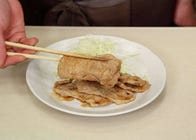
Katsudon is a popular Japanese food made with deep-fried breaded pork cutlet, egg, and seasonings over rice.
The main ingredients, pork loin and eggs, are readily available at most overseas supermarkets, making it easy to cook, no matter where you are!
The recipe is designed by cooking instructor, Toshihiro Minami. He has even included a cooking video, so please feel free to follow along as you cook this easy dish for yourself.
Katsudon: Japanese Soul Food with a History of Over 100 Years!
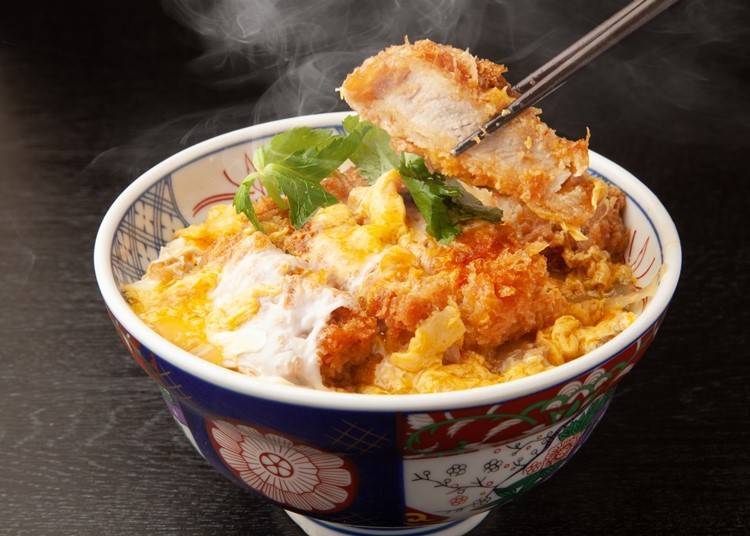
Katsudon is a popular bowl dish, especially amongst foreign tourists. It consists of rice topped with boiled pork cutlet and onions, seasoned with soy sauce, sugar, and mirin, and bound with beaten egg.
There are various theories about its origin. One says that it originated in a Waseda, Tokyo soba shop called Sancho-an after a student suggested cooking the pieces of pork that were leftover from a customer's order with egg and serving it with rice, similar to oyakodon. The dish gradually gained popularity and reputation. Today, katsudon can be considered a Japanese soul food and is enjoyed at many specialty shops, as well as in the home.
Several regional variations can be considered local specialties as well, including pork boiled in tonkatsu sauce and pork with curry-infused batter. Today we will learn how to make Japan's classic katsudon dish.
How to make Katsudon: Soften Pork by Tenderizing with a Mallet!

Katsudon Ingredients (Serves 1)
・Pre-cooked rice (180g)
・Pork loin (thick slice, 100g)
・1/4 onion
・2 eggs
・Trefoil (optional; as needed)
・Water (50ml)
・Cake flour (as needed)
・Eggs (as needed)
・Bread crumbs (as needed)
・Vegetable oil (as needed)
・Pinch of salt and pepper
・1 tbsp sake (may substitute with white wine)
・1 tbsp mirin
・1 tbsp soy sauce
・1 tsp sugar
・Katsuo dashi (50ml)
*For how to use the dashi, please refer to the video, 'How to Make Dashimaki Tamago'. If mirin is not available, see video 'How to Make Oyakodon'.
How to Make Katsudon

1) Cut onions into thin slices.

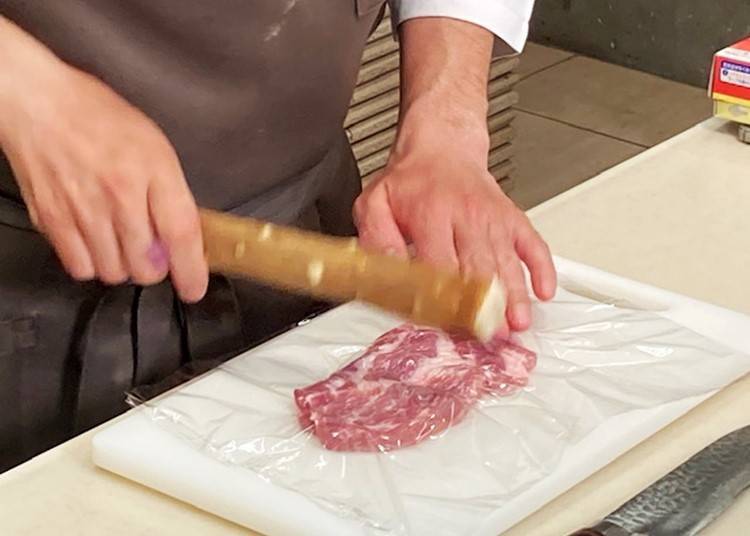
2) Cut pork loin, cover with plastic wrap, and pound with a stick. Tenderizing the meat in this way breaks down the fibers, allowing it to cook more evenly for a softer finish.
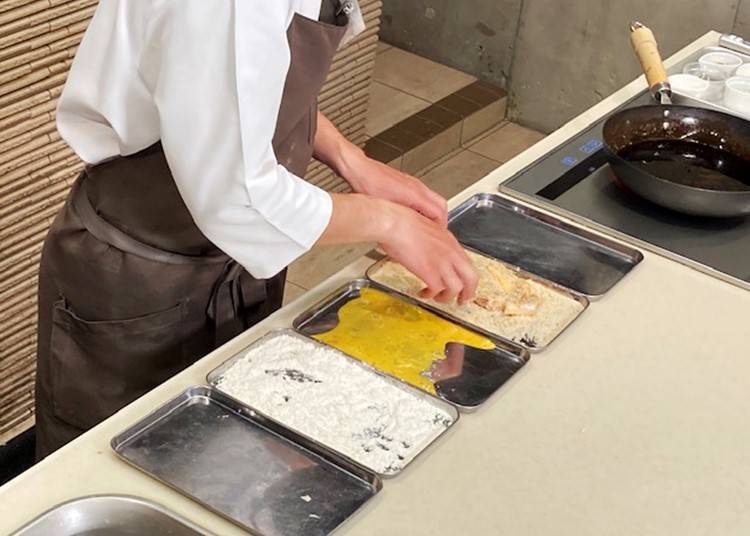
3) Sprinkle salt and pepper on both sides of the tenderized pork, and batter with flour, beaten egg, and bread crumbs (in that order).
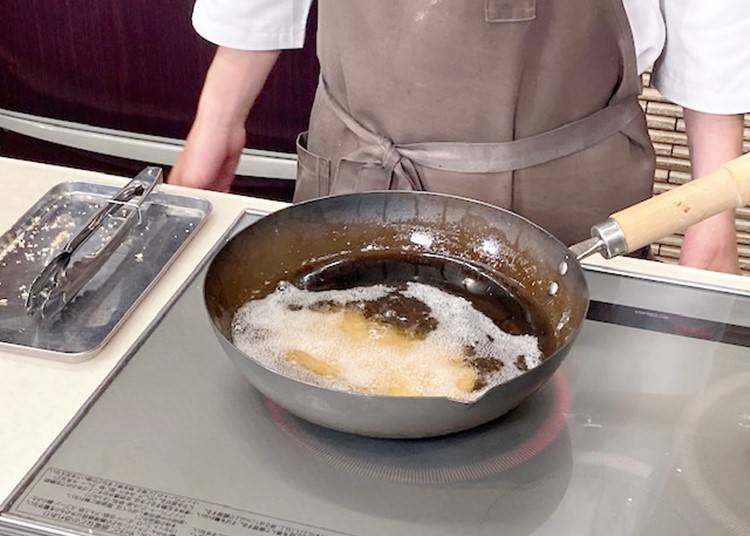
4) Pour vegetable oil into the pan, heat at 170℃, and add battered pork loin. Fry for about 5 minutes until fully cooked and the surface has browned.

5) After frying, drain thoroughly and cut into pieces about 2 cm wide.
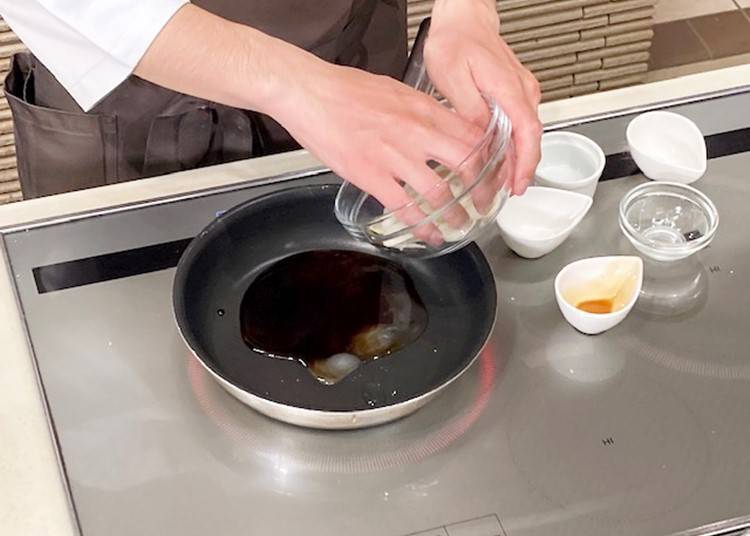
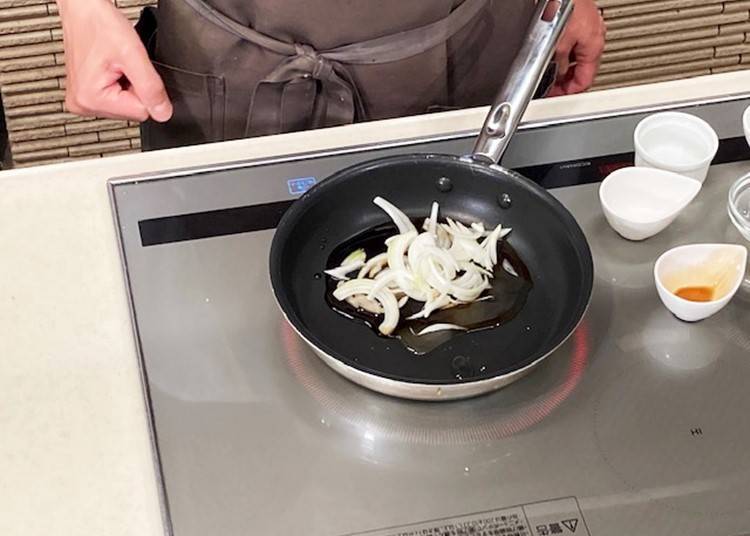
6) Add water, sake, mirin, soy sauce, sugar, dashi, and sliced onions into the frying pan, and cook over medium heat.


7) When onions are tender, add the pork slices and lightly beaten egg, and steam for about 30 seconds on medium heat. As it steams, prepare your bowl of rice.


Place the steamed pork and egg over the rice, and you're done! In Japan, it is common to add a mitsuba leaf (Japanese parsley) as a finishing touch.
Be careful not to over-fry the pork! This will result in the meat hardening when boiled. For a more delicious meal, only fry the meat until it is just short of being fully cooked.
Chef Profile:

Toshihiro Minami, manager of cooking studio Osaka Delicious. After entering the work force, he returned to school and changed careers to become a cooking instructor. He serves as a lecturer at cooking studio Osaka Delicious, while concurrently working on recipe development, as a cooking assistant, and on making TV appearances. In addition to general Japanese dishes, he can prepare a wide variety of foods, including Western and Chinese cuisine.
Osaka Delicious Official Homepage
Text by: Efeel Co., Ltd.
*Information in article as of February 2022.
Translated by: Krys Suzuki
▼More Easy Japanese Recipes You Can Make At Home!▼
*Prices and options mentioned are subject to change.
*Unless stated otherwise, all prices include tax.
Limited time offer: 10% discount coupons available now!
Recommended places for you
-

UDONNISHIMURA
Other Japanese Food
Shinsekai, Tennouji, Tsuruhashi
-

SUN Osakaten
Other Japanese Food
Umeda, Osaka Station, Kitashinchi
-
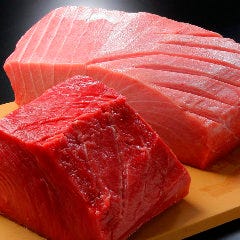
Kamesushi Sohonten
Sushi
Umeda, Osaka Station, Kitashinchi
-
Goods

Yoshida Gennojo-Roho Kyoto Buddhist Altars
Gift Shops
Nijo Castle, Kyoto Imperial Palace
-
Menu
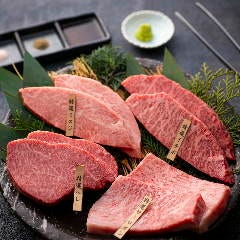
ISHIDAYA Hanare
Yakiniku
Kobe, Sannomiya, Kitano
-

Jukuseiniku-to Namamottsuarera Nikubaru Italian Nikutaria Sannomiya
Izakaya
Kobe, Sannomiya, Kitano
-

Taking Mom and Dad on a Trip to Osaka: How to Have Fun, Tips, Must-See Spots, and a 5-Day Itinerary
-

Comfy Toilet Map for Osaka Station: Can You Get Around with a Stroller? Are There Clean Powder Rooms?
-

Enjoy the Enchanting World of Osaka Station City: Solo-Friendly Bar-Hopping!
-

What Items Does a Japanese Stationery Lover Want Most? We Find Out with Taku Kidate!
-

13 Unique & Fun Kyoto Food Tours to Enjoy in 2024
-

What to Do in Osaka & Kyoto in April 2024: Enjoy Japan's Exciting Spring Events
-

Autumn in Japan 2024: Fall Foliage Forecast & Where to Enjoy the Colorful Leaves (+Tour Info)
-

Japan's Bath Culture: Tips You Should Know!
-
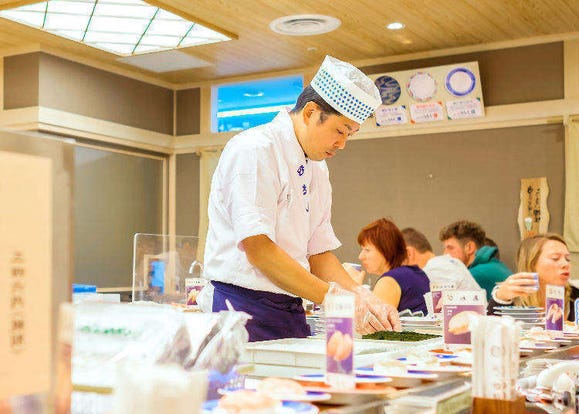
Japanese Restaurants and Foreigner-Friendly Services: What Is Needed and Further Thoughts
-

Easy Oyakodon Recipe: How to Make Japan’s Definitive Donburi Dish!
-

Tokyo Train Map: The Complete Guide to Tokyo Subways & Railways
-
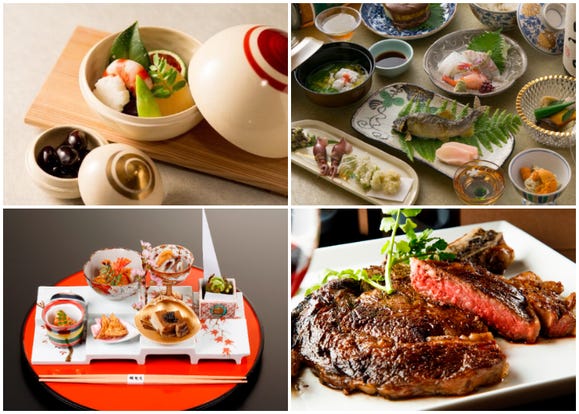
Where to Eat in Kyoto: Best Kyoto Foods to Try & The Tastiest Shops of 2023
- #best gourmet Osaka
- #things to do Osaka
- #what to do in kyoto
- #what to bring to japan
- #best gourmet Kyoto
- #new years in Osaka
- #what to buy in nanba
- #Visiting Osaka
- #onsen tattoo friendly arima
- #daiso
- #Visiting Kyoto
- #best japanese soft drinks
- #japanese fashion culture
- #japanese convenience store snacks
- #japanese nail trends


















